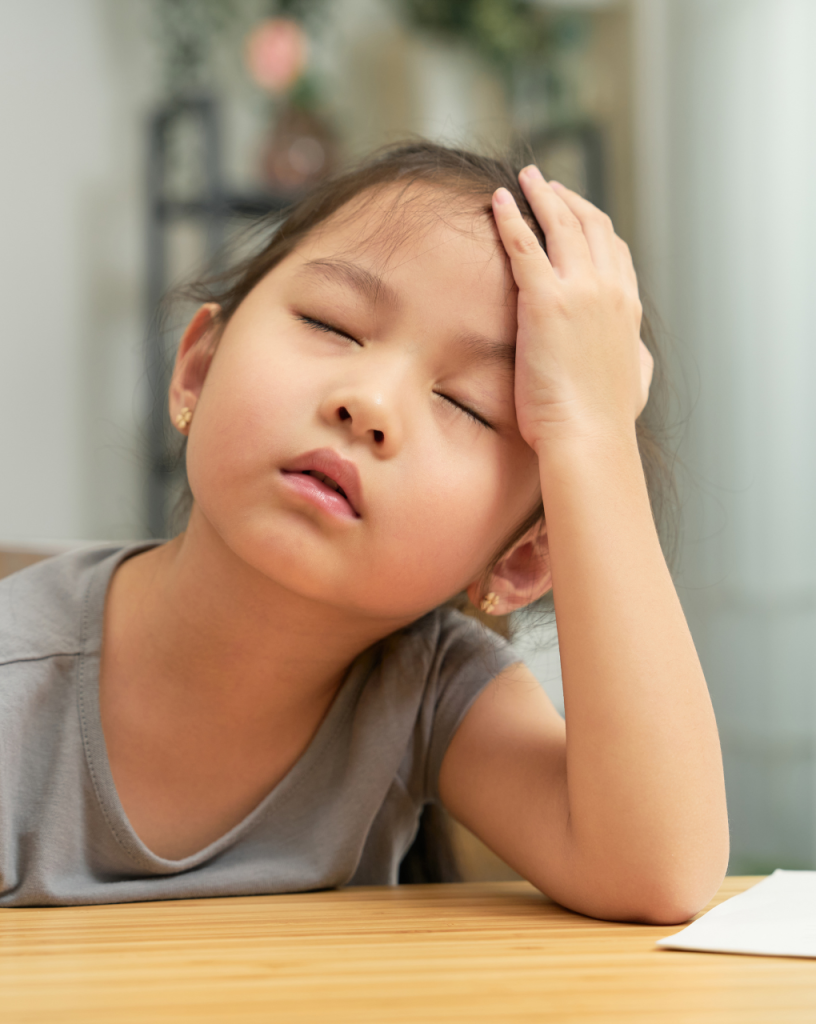- Home
- Health Topics
- Pregnancy to Parenthood
- Feeding the Sick Child
Feeding the Sick Child
As disruptive as illness can be for work, school, and your family’s plans, it can also impact how your child eats. What can be offered kids who are sick?

Feeding a child with a cold or fever
You can feed a child the same way you usually would when they have a cold or fever, however they may not be as hungry. Never force your child to eat.
If your child is congested and being breastfed, try feeding baby upright and clear nasal passages with saline mist and nasal aspirator before feeding, which can make it easier to breathe.
If your child is eating solids, you can offer smaller servings to match their appetite. Offer lots of fluids to keep kids hydrated.
Sometimes warm foods, like oatmeal and soup, or cold foods, like smoothies, cold fruit or yogurt can help to soothe a sore throat or feel comforting when kids are sick. Foods like fruit, vegetables and soups also help to keep kids hydrated.
Feeding a child who has diarrhea
In young infants, continue breastfeeding your baby smaller amounts more frequently. Again, if your baby refuses to breastfeed, talk to your healthcare provider immediately.
For older infants and children with diarrhea, offer small amounts of fluids frequently. There is no reason to stop feeding your child who has diarrhea. Some foods that might be easier to digest include:
- Infant cereals
- Bread or toast
- Rice or potatoes
- Crackers
- Yogurt
- Fruits and vegetables
Avoid drinks high in sugar (e.g. sports drinks, soft drinks, juice) as they can make diarrhea worse.
Feeding a child who is throwing up
In young infants, continue breastfeeding your baby smaller amounts more frequently. If your baby refuses to breastfeed, talk to your healthcare provider immediately.
In older infants and children who are throwing up, offer small
amounts of fluids frequently. When vomiting stops, feed an age-appropriate, regular diet.
The BRAT (bananas, rice, apple sauce and toast) diet does not have to be followed as it is very low in nutrition, however these foods can be included if enjoyed.
Dehydration
What is Dehydration?
Dehydration happens when you lose fluids from your body, which are made up of water and salts. It is most likely to occur when your child is throwing up or having diarrhea. Dehydration is a serious medical concern and can be life threatening, especially for infants and young children
Signs of Dehydration
It is important to know the signs of dehydration and watch for
them when your child is sick. Signs of dehydration include:
- Peeing less or less wet diapers
- In infants (one week of age or older), less than four wet
diapers in 24 hours - In young children, peeing less often and pee that is a deep,
yellow colour
- In infants (one week of age or older), less than four wet
- Sunken soft spot on your baby’s head
- Increased thirst
- Dry, cracked lips and a dry mouth
- No tears when crying
- Sunken eyes
- Lack of energy
- Drowsiness or dizziness
If you are concerned that your child is dehydrated, talk to your healthcare provider right away.
Fluids to Prevent Dehydration
Try a variety of fluids to keep children hydrated during illness, including:
- Water
- Water flavoured with fruit or cucumber
- 100% fruit juice (unless your child has diarrhea, as juice can
make it worse) - Frozen water or juice, such as ice chips, ice cubes or
popsicles - Pasteurized 3.25% cow’s milk or whole goat’s milk for
children over 9 months of age - Fortified soy beverage for children over 24 months of age
- Broth
- Smoothies
Oral Rehydration Solutions (ORS)
Sometimes water and other fluids are not enough to keep someone hydrated when they are sick.
An oral rehydration solution (ORS) is a mixture with very specific amounts of water, salts and sugar made to help prevent dehydration or treat mild dehydration. You can
find an ORS at most drug stores. Examples include:
- ORS drinks such as Pedialyte.
- ORS freezies such as Pediapops.
- ORS powders that you must mix with water such as Gastrolyte.
Using too much or too little water may harm your child, so buying an ORS that has already been mixed is safest. Instructions may be different based on the age of your child and the product you choose. Follow directions from your healthcare provider and the package carefully.
TIP: Keep a supply of Oral Rehydration Solution in your home. You never know when you might need it.
When to see a healthcare provider
If your child shows these signs, contact your healthcare provider for more information:
- Signs of dehydration (listed previously)
- Diarrhea and is less than 6 months of age
- Throwing up and unable to drink for 4-6 hours
- Refusing to drink
- Stomach pains that are getting worse
- Bloody or black stools
- Vomiting blood or bile
- Diarrhea with fever
